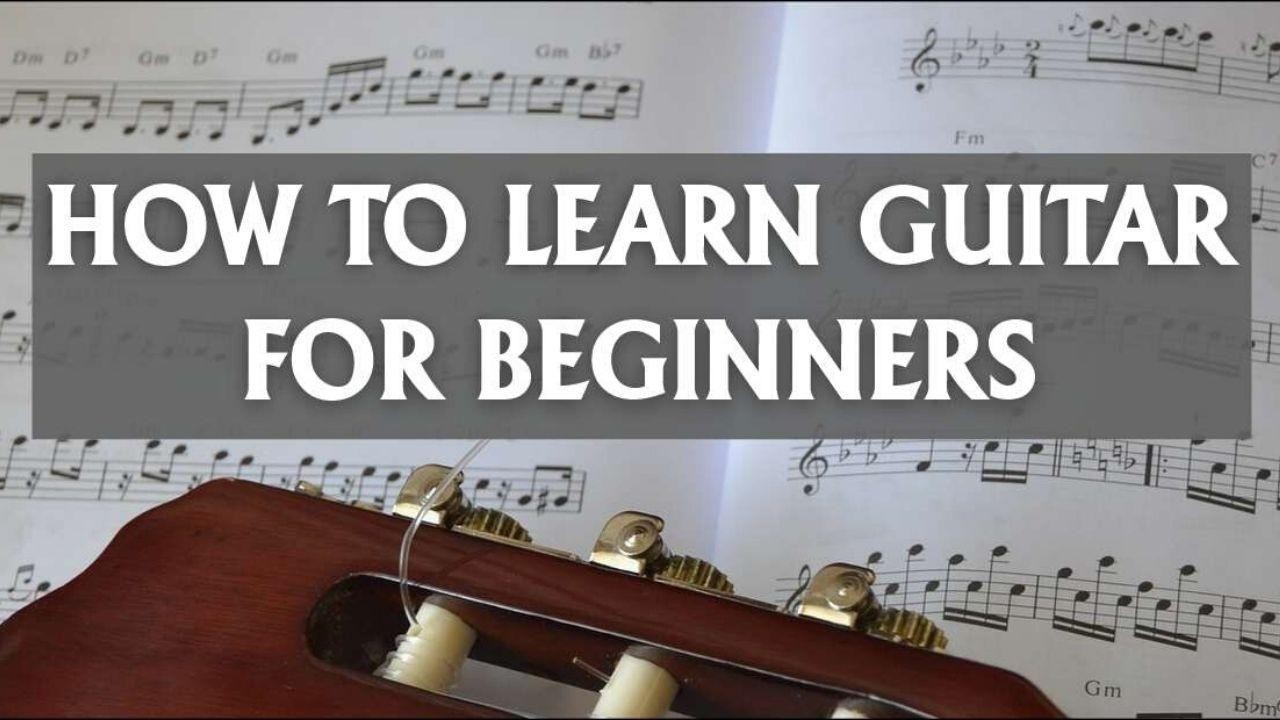Learning to play the guitar can be a rewarding experience, but it takes time and dedication. This comprehensive guide provides a roadmap for beginners, outlining crucial steps and decisions to ensure a smooth and enjoyable learning journey.
Before You Begin: Setting Realistic Expectations
Before diving in, it’s important to understand that learning guitar requires effort and patience. Witnessing a skilled guitarist effortlessly play often obscures the countless hours of practice they invested. While individual learning paces vary, consistent daily practice is key to progress.
Playing guitar isn’t easy, especially initially. Challenges like coordinating your hands, developing calluses, and mastering rhythm are common. However, persistence and consistent practice will overcome these hurdles. Many aspiring guitarists quit due to unrealistic expectations, lack of time, or confusion about where to start. This guide aims to address these issues, providing a clear path to progress and enjoyment.
Choosing Your Learning Path
One of the first crucial decisions is selecting a learning method that suits your needs and preferences. Several options are available:
Free Online Resources: Videos and Blogs
The internet offers a plethora of free guitar lessons. While this can be a great starting point, it also presents drawbacks. The sheer volume of content can be overwhelming, making it difficult to structure your learning. Jumping between different instructors and lessons can lead to gaps in foundational knowledge and confusion.
To maximize the effectiveness of free resources:
- Choose a single instructor: Find a teacher whose style resonates with you and stick with their content to maintain consistency in learning methodology.
- Ask questions: Utilize comment sections and forums to clarify doubts and seek guidance.
Guitar Books and DVDs
Traditional learning materials like books and DVDs offer structured lessons. However, they lack the interactive element of asking questions and receiving personalized feedback.
Private Lessons
One-on-one instruction provides personalized attention and immediate feedback. However, private lessons can be expensive and finding a qualified instructor is crucial.
Group Lessons
Group lessons offer a more affordable option while fostering a supportive learning environment. However, large groups can limit individual attention.
Online Lesson Sites
Online platforms combine the benefits of structured lessons with video instruction and often include interactive features like progress tracking and teacher feedback. They often provide a comprehensive curriculum, guiding you from beginner to advanced levels. This is often a cost-effective solution for dedicated learners.
Choosing Your Instrument
Once you’ve chosen a learning path, it’s time to acquire a guitar. Two primary types exist:
Acoustic Guitars
Acoustic guitars produce sound through the vibration of strings amplified by the hollow body. They are ideal for strumming chords and playing unplugged. However, steel-string acoustics can be challenging for beginners due to thicker strings requiring more finger strength. Nylon-string classical guitars offer a gentler alternative.
Electric Guitars
Electric guitars require an amplifier to produce sound. They generally have thinner strings, making them easier on the fingers. A practice amplifier is essential for playing at home.
Guitar Size and Setup
Guitars come in various sizes. Full-size guitars are suitable for most adults, while half- and three-quarter size guitars are designed for children. It’s crucial to choose a guitar that feels comfortable.
Professional Setup: A properly set up guitar is essential for ease of playing. Many beginner guitars benefit from adjustments to string height (action) to reduce finger strain. Consult a local guitar technician or music store for assistance.
String Gauge: Lighter gauge strings are easier to press down, making them ideal for beginners. String sets are labeled by the gauge of the high E string (e.g., 11s for acoustic, 9s for electric).
Establishing a Practice Routine
Consistency is paramount for progress. Schedule dedicated practice time, even if it’s just for short periods daily. Frequent, shorter sessions are more effective than infrequent, lengthy ones. Find a comfortable and dedicated practice space where you can focus without distractions. Keeping your guitar visible, on a stand or hanger, serves as a reminder to practice.
Conclusion
Learning to play the guitar is a journey that requires commitment and patience. By making informed decisions about your learning path, instrument, and practice routine, you can set yourself up for success. Embrace the challenges, celebrate small victories, and enjoy the process of making music.
